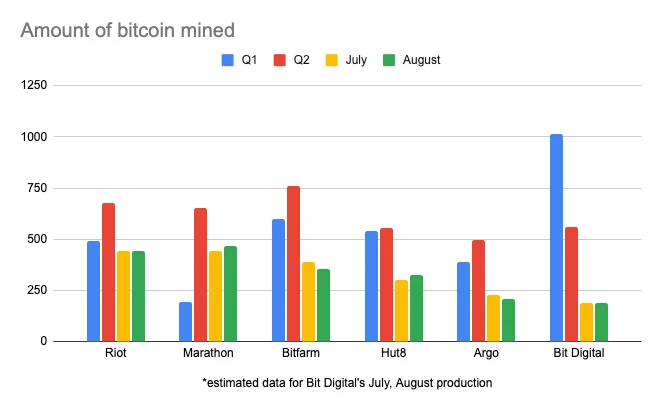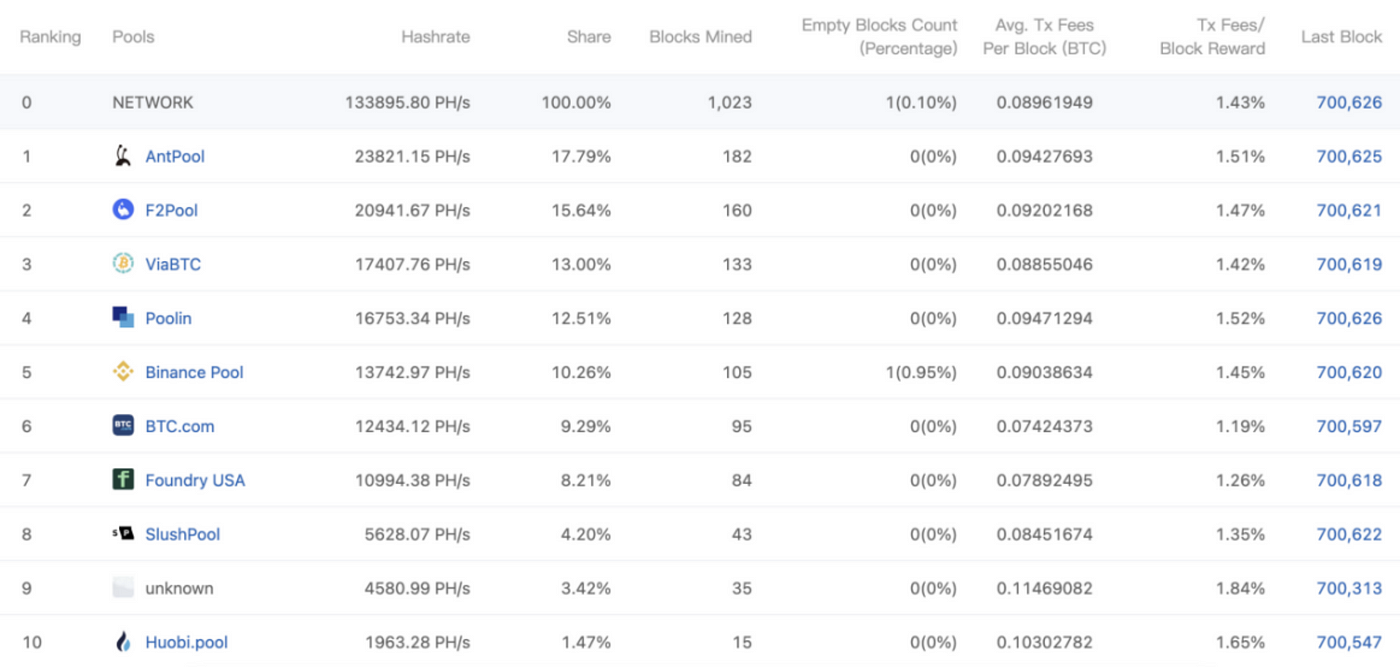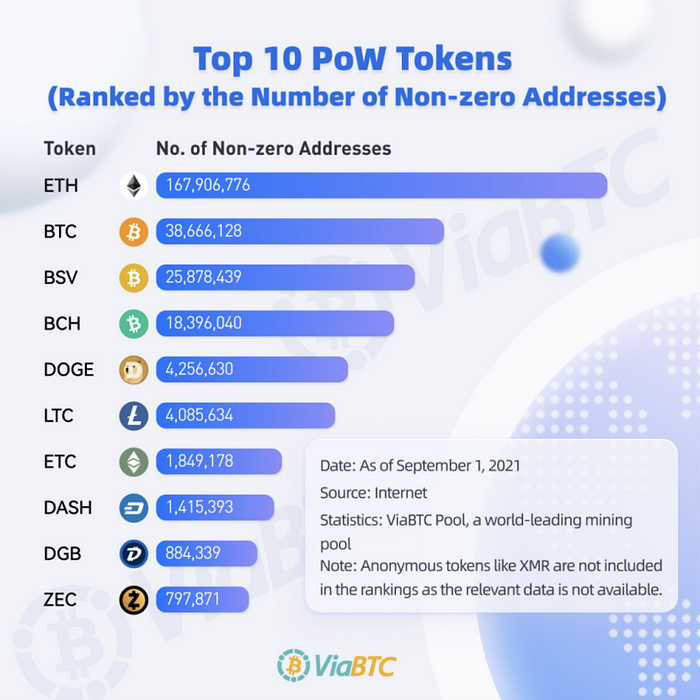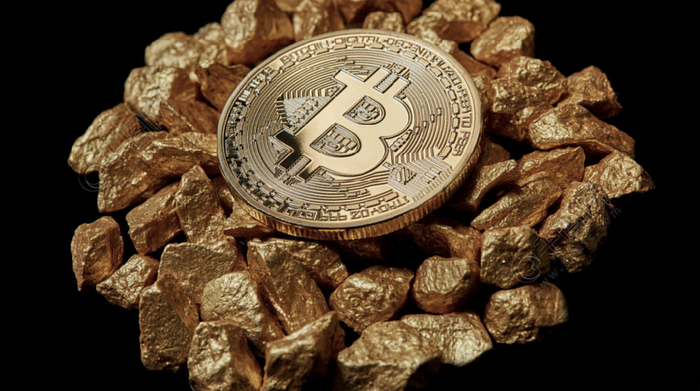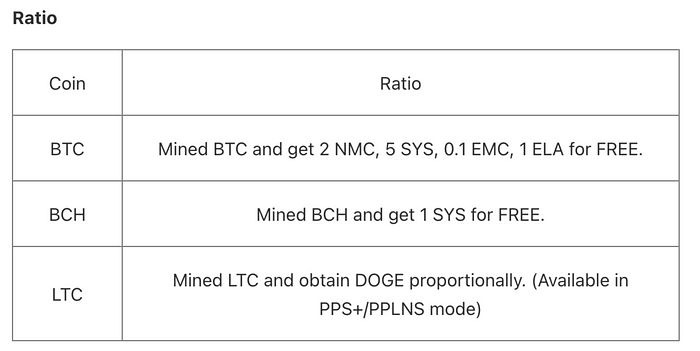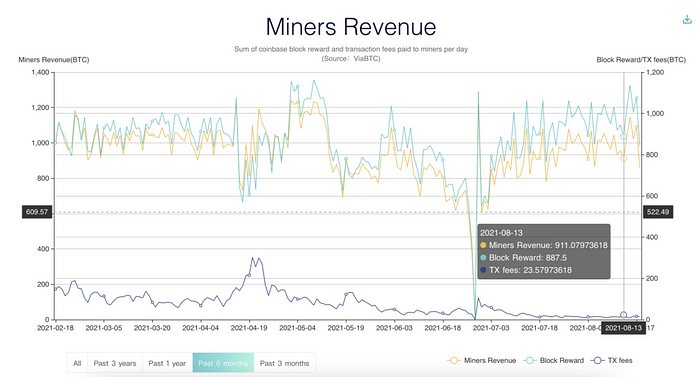1
Mining / ViaBTC | Ethereum MEV Is No Longer “Miner” Extractable Value
« on: September 24, 2021, 12:46:45 PM »
Miner extractable value (MEV) was initially proposed by Philip Daian et al. in the paper “Flash Boys 2.0” in April 2019. As the DeFi market grows, the concept has been taken more seriously by people day by day. So why do we say, Ethereum MEV is no longer a “miner extractable value”? To understand that, let’s take a look at the previous concept of MEV.
In essence, the Ethereum chain is known to be a distributed ledger. Each time a user makes a transaction, a fee needs to be paid to the miner who is granted the bookkeeping right to package the transaction data. And when each transaction is initiated, the transaction information flows into the mempool and spreads from node to node, where the miners reorder the transactions according to the price bids, and the transaction with the highest bid is packaged first.
Therefore, there are only two transaction states on the Ethereum chain — confirmed and unconfirmed. However, because of the restricted block space, only a limited number of transactions can be packaged at a time. Thus, miners who have complete autonomy are left with opportunities of arbitrage.
For example, if A decides to buy 400 ETHs, when the transaction information flows into the public mempool, waiting to be confirmed, the miner will know that the ETH price will increase in the short term due to the big trade. Therefore, before confirming the transaction, the miner buys 4 ETHs in advance. When the transaction is completed and the price rises, the miner sells the ETHs to take advantage of price variations. In a similar way, if B is to sell 400 ETHs, the price of Ethereum will surely fall in the short term, and thus the miner will short-sell his ETHs and make a profit from the price decline.
The above two examples are the “preemptive” arbitrage opportunities seized by miners themselves. However, on Ethereum, there’s a different kind of arbitrage opportunity, namely Miner Extractable Value, or MEV, which refers to the profit earned by DeFi traders and arbitrage bots by raising gas fees through Priority Gas Auction (PGA) to prioritize their transactions.
Another Ethereum MEV, and currently the most common method of MEV, is exchange arbitrage. When the price of a cryptocurrency on one exchange deviates from that on another, usually caused by large-scale transactions on one of the exchanges, arbitrage opportunities arise. Capitalizing on the inefficiency of the exchanges, arbitrage bots buy in assets for a low price and sell out for a high price. While making profits, it also brings the prices on the two exchanges back to the same level. In addition, there will be many similar arbitrage opportunities between the DEX (decentralized exchange) on the chain and the centralized exchanges off the chain.
Overall, MEV benefits one side of the Ethereum ecosystem at the expense of many other users. Although MEV is a behind-the-scenes operation, and the reordering of transactions by miners itself is relatively secretive, MEV has become very common in the Ethereum ecosystem.
According to MEV-Explore, Ethereum’s total MEV volume has reached $720 million since January 2020, most of which comes from DEX, with Uniswap (44%) and Sushiswap (21%) alone accounting for a bulk.
Interestingly, the MEV-Explore has changed the full name of MEV from the previous “Miner Extractable Value” to “Maximum Extractable Value”. As mentioned earlier, the current MEVs in the Ethereum ecosystem no longer exclusively belongs to miners but also DeFi traders and arbitrage bots, who obtain MEVs through arbitrage strategies, leaving miners with only the transaction fees. Therefore, miners can only receive a small part (only 12%) of the MEV on the chain, and the definition of “M” in MEV stands no longer for “Miner” but “Maximum”.
In essence, the Ethereum chain is known to be a distributed ledger. Each time a user makes a transaction, a fee needs to be paid to the miner who is granted the bookkeeping right to package the transaction data. And when each transaction is initiated, the transaction information flows into the mempool and spreads from node to node, where the miners reorder the transactions according to the price bids, and the transaction with the highest bid is packaged first.
Therefore, there are only two transaction states on the Ethereum chain — confirmed and unconfirmed. However, because of the restricted block space, only a limited number of transactions can be packaged at a time. Thus, miners who have complete autonomy are left with opportunities of arbitrage.
For example, if A decides to buy 400 ETHs, when the transaction information flows into the public mempool, waiting to be confirmed, the miner will know that the ETH price will increase in the short term due to the big trade. Therefore, before confirming the transaction, the miner buys 4 ETHs in advance. When the transaction is completed and the price rises, the miner sells the ETHs to take advantage of price variations. In a similar way, if B is to sell 400 ETHs, the price of Ethereum will surely fall in the short term, and thus the miner will short-sell his ETHs and make a profit from the price decline.
The above two examples are the “preemptive” arbitrage opportunities seized by miners themselves. However, on Ethereum, there’s a different kind of arbitrage opportunity, namely Miner Extractable Value, or MEV, which refers to the profit earned by DeFi traders and arbitrage bots by raising gas fees through Priority Gas Auction (PGA) to prioritize their transactions.
Another Ethereum MEV, and currently the most common method of MEV, is exchange arbitrage. When the price of a cryptocurrency on one exchange deviates from that on another, usually caused by large-scale transactions on one of the exchanges, arbitrage opportunities arise. Capitalizing on the inefficiency of the exchanges, arbitrage bots buy in assets for a low price and sell out for a high price. While making profits, it also brings the prices on the two exchanges back to the same level. In addition, there will be many similar arbitrage opportunities between the DEX (decentralized exchange) on the chain and the centralized exchanges off the chain.
Overall, MEV benefits one side of the Ethereum ecosystem at the expense of many other users. Although MEV is a behind-the-scenes operation, and the reordering of transactions by miners itself is relatively secretive, MEV has become very common in the Ethereum ecosystem.
According to MEV-Explore, Ethereum’s total MEV volume has reached $720 million since January 2020, most of which comes from DEX, with Uniswap (44%) and Sushiswap (21%) alone accounting for a bulk.
Interestingly, the MEV-Explore has changed the full name of MEV from the previous “Miner Extractable Value” to “Maximum Extractable Value”. As mentioned earlier, the current MEVs in the Ethereum ecosystem no longer exclusively belongs to miners but also DeFi traders and arbitrage bots, who obtain MEVs through arbitrage strategies, leaving miners with only the transaction fees. Therefore, miners can only receive a small part (only 12%) of the MEV on the chain, and the definition of “M” in MEV stands no longer for “Miner” but “Maximum”.



